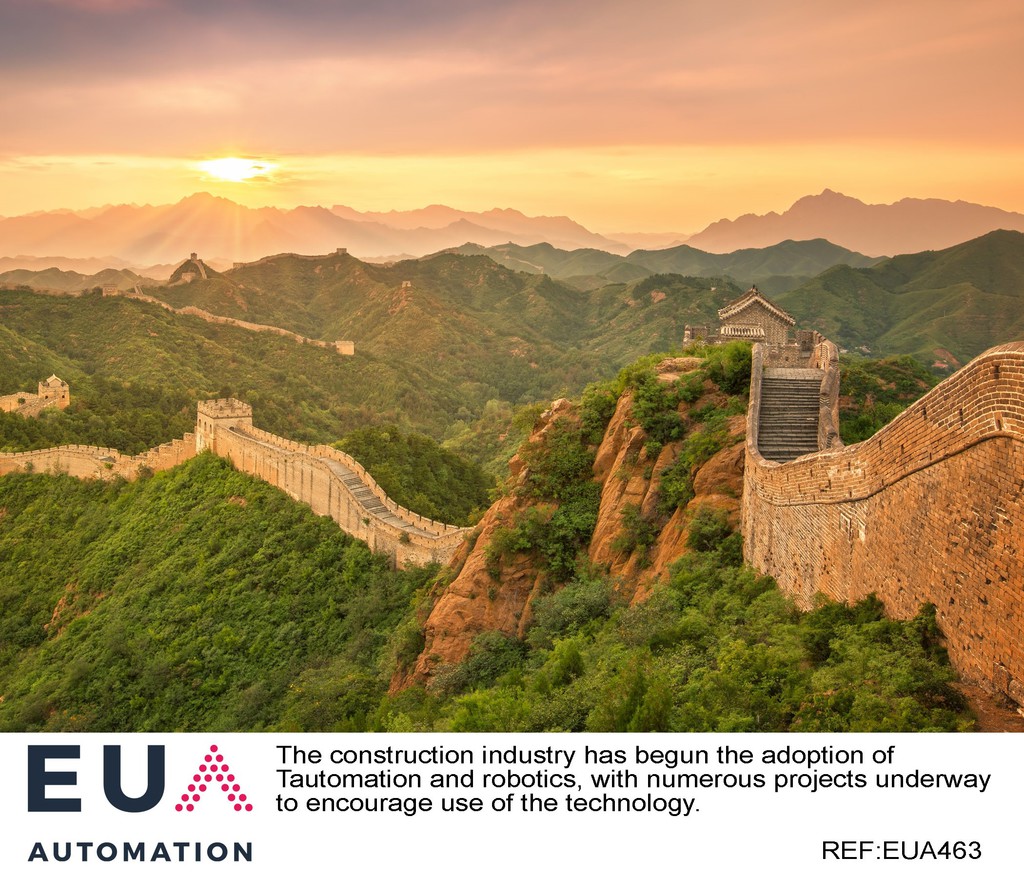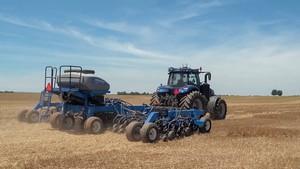
 |
Charlotte Stonestreet
Managing Editor |
Build it & they will come
31 August 2017
More and more industries are ripe for automation. While manufacturing automation is well down the line, the automation of domestic duties receives much attention, and driverless cars and trucks are being trialled, below the radar, other industries are also exploring the benefits.

Agricultural vehicles have been at the forefront of developing and adopting autonomous navigation technology. Indeed, more than 320,000 tractors equipped with auto-steer or tractor guidance were sold in 2016 alone, expected to rise to 660,000 in 2026. These tractors use RTK GPS technology to autonomously follow pre-planned paths with centimetre-level accuracy. This makes agriculture the largest adopter of autonomous navigation.
The machines are still not completely reliable despite the technology being ready and accessible at the discrete component and software level. All this is predicted to change in the coming decade. Thus far, only a few field trials have taken place and here the experimental clock is inevitably limited by harvest seasons, further slowing down the adoption process.
Asparagus is one of the most expensive vegetables in Europe because harvesters have to painstakingly pierce each stalk individually. A robot could change this, and engineers at the Bremen Centre for Mechatronics (BCM) are developing one. It works with harvesting tools, which run on precision rails from HepcoMotion, a specialist in linear guidance systems.
The construction industry has begun the adoption of automation and robotics, with numerous projects underway to encourage use of the technology, such as the retrofitting of autonomous solutions into existing forklifts and diggers. There are clear advantages to incorporating automation technologies into construction, including uniform product quality, accuracy, speed and safety. Research is focusing both on the automation in existing machinery and on the development of new technology and robots for on-site and factory-based automation. As well as improving worker safety, increasing levels of automation could help overcome the shortage of skilled construction workers.
In parallel with agricultural automation, part of the challenge in adopting robotics comes from the unstructured and often unpredictable nature of construction sites, in contrast to more structured manufacturing production lines.
The increased use of modern methods of construction has led to the potential to manufacture off-site. Housing units or modules can now be manufactured in a controlled factory environment away from the construction site. The modules can then be transported to the site for final assembly. Swiss prototype robot bricklayer, In-situ Fabricator, can build a house in just two days.
In the United Kingdom, off-site manufacturing has received support from international engineering enterprise Laing O’Rourke, who is currently in the planning stage of an advanced manufacturing facility that will be used in commercial projects. Construction and manufacturing group, CCG has also created a manufacturing facility in Scotland that has the capability to manufacture 3000 buildings per year.
Off-site manufacturing can entail volumetric 3D units that are produced and fully fitted away from the construction site. Once they arrive, the modules are then stacked onto the building foundations to begin the building process. Chinese 3D printing pioneer WinSun claims to be able to print 10 houses in just one day using its innovative technology. These developments, however, are yet to become mainstream.
Collaborative robotics could see construction workers operating alongside robots in both factories and on the construction site to increase productivity and modernise construction.
- The birth of circular manufacturing
- Predictive maintenance pushes technology boundaries
- Purple squirrels
- Renewables - are investment plans just hot air?
- Another step forward
- Is a lack of medical engineers putting lives at risk?
- The limits to automation
- More robots are coming
- Could - or should - robots be taxed?
- Food for thought
- No related articles listed



















